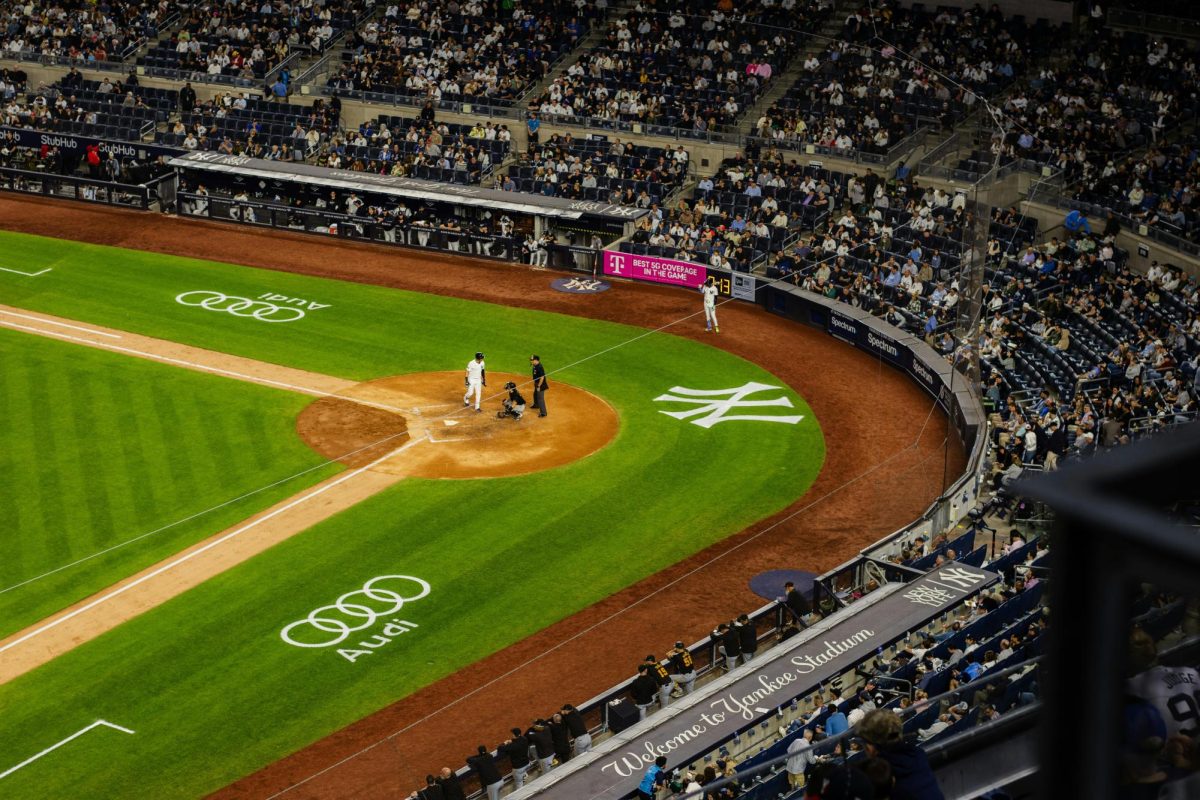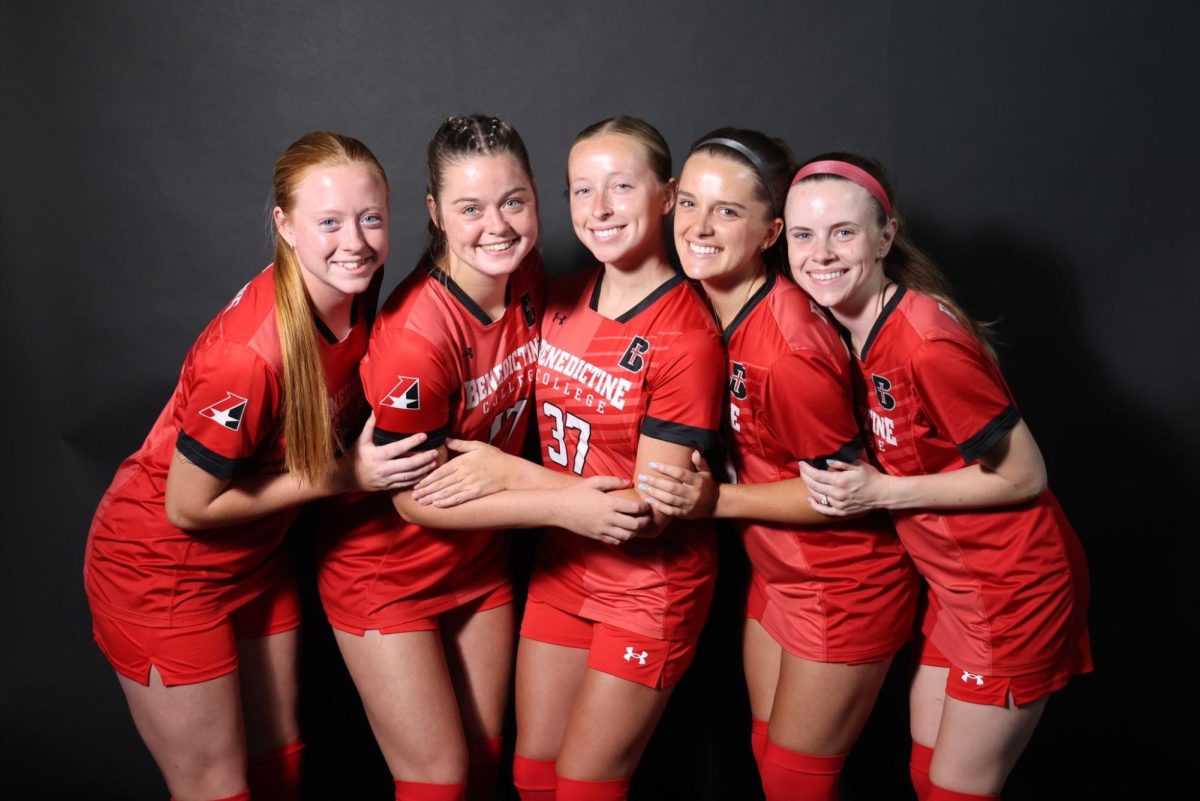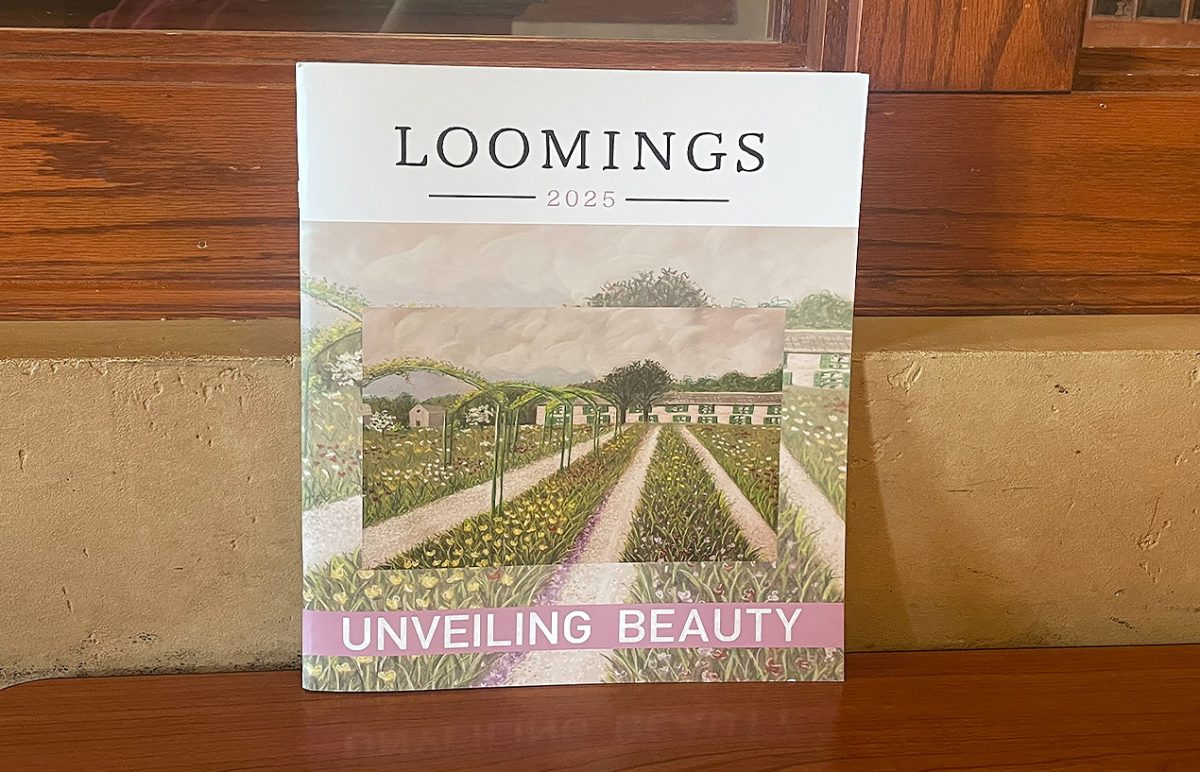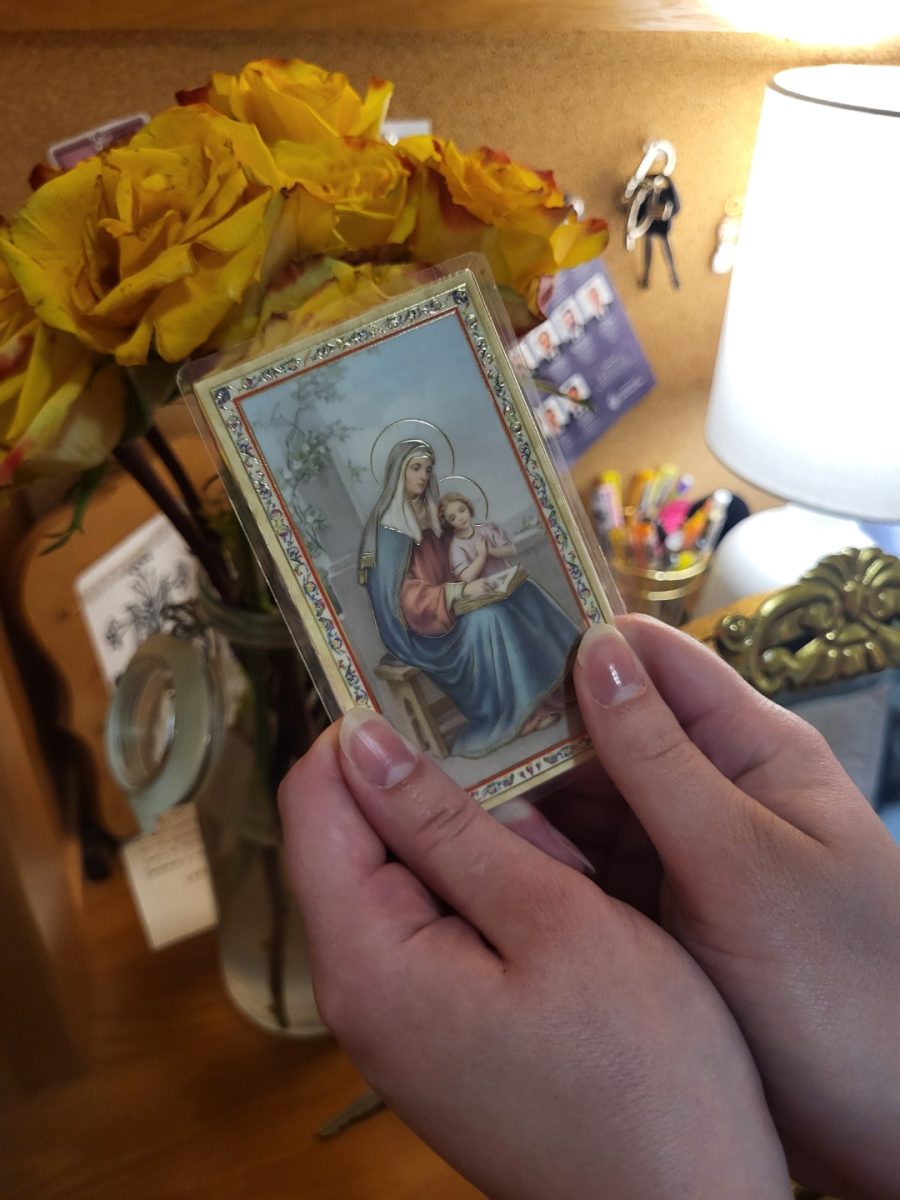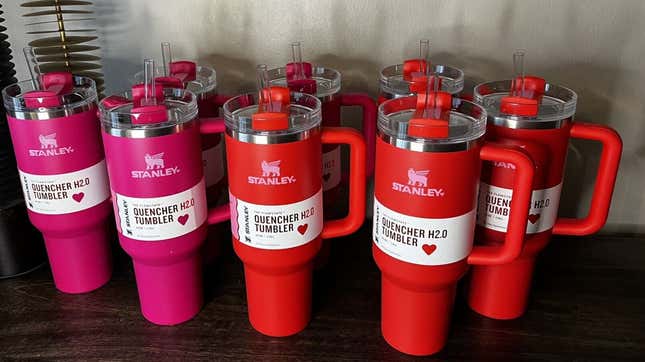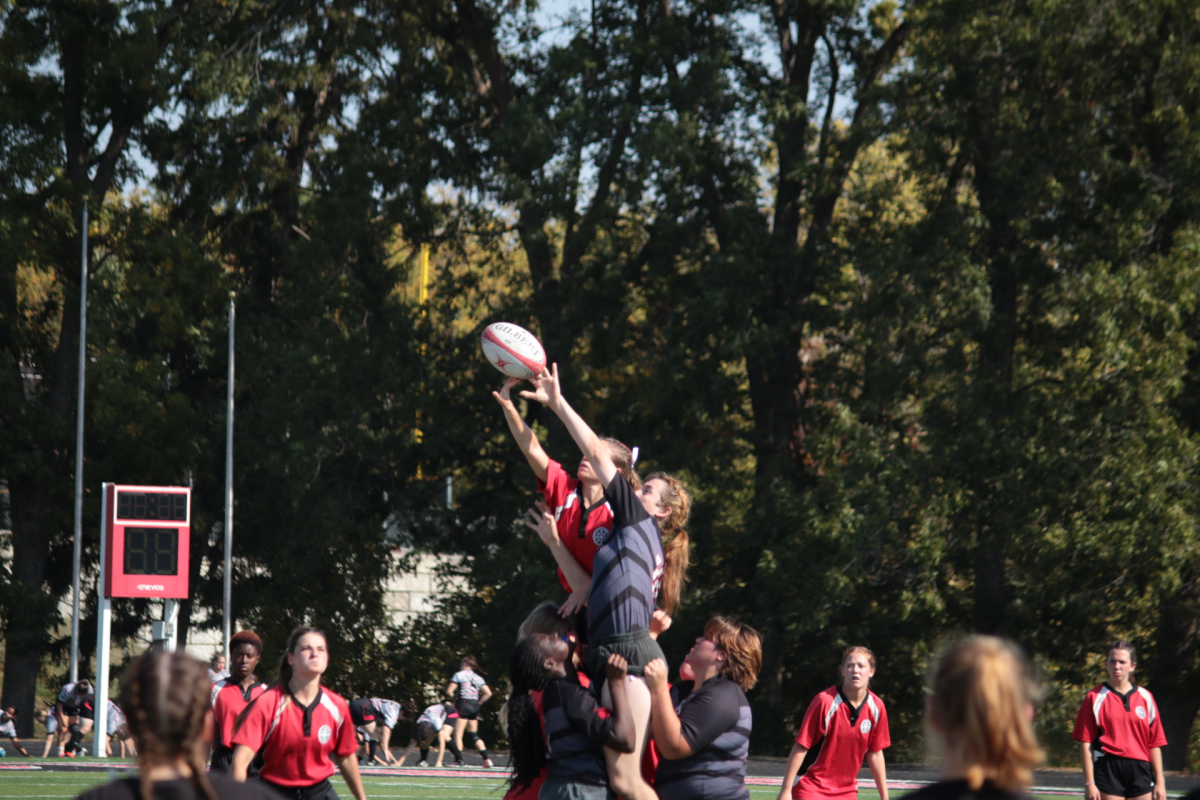The tumbler is everywhere. Whether you are at the gym, on a college campus, or scrolling on social media, you are sure to see Gen-Z girls lugging around their 40-ounce Stanley Adventure Quenchers. So how did this water bottle become such a craze among young women?
The Stanley company was established in 1913 by William Stanley Jr. His cups were durable, stainless steel, and vacuum-sealed, designed for workmen and outdoorsmen. However, in 2016, Stanley released the Stanley Adventure Quencher tumbler which would soon usher in a fresh audience of Gen-Z females.
The Stanley Adventure Quencher features a reusable straw, screw-on lid, handle, and double-wall vacuum insulation. Additionally, the Quencher comes in an array of colors and sizes which provide consumers with the flexibility to customize their cup according to their needs and preferences.
At first, the tumbler was not a major success. It was not until 2019 when the Buy Guide, a women’s online shopping website, gifted influencer Emily Maynard Johnson a Quencher that the trend began to spread. Johnson, who played in “The Bachelor” and “The Bachelorette,” promoted the Quencher on her Instagram account, catching the eye of many young women as well as the Stanley company, who then reached out to the Buy Guide for a business deal. According to Stanley’s national sales managers, Ashlee LeSueur and Lauren Solomon, the Buy Guide bought 5,000 Quenchers from Stanley which sold out in five days.
Since then, the Quencher has spread like wildfire on social media. Countless videos on TikTok show girls crying and screaming over Stanley cups that they have received for Christmas. Influencers have created Stanley cup collections and begun reviewing their products on their platforms. People have even made TikToks and Reels highlighting recipes which feature their tumblers.
On Amazon, the cup has a 4.8-star rating, reinforcing the positive experience customers have with their Stanley cups. Reviewers express their satisfaction with the cup’s quality and cold resistance, even highlighting the fact that the cup has helped them drink more water.
Benedictine College students are among those who love their Stanley tumblers.
Janie Fechter, senior, said that she likes the cup’s design. “A lot of water bottles don’t fit in my car’s cup holder, but the Stanley does,” Fechter said.
Isabella Gearinger, senior, said the cup’s design makes it versatile. “I like how the handle feels, and the straw is really convenient,” Gearinger said. “You can also drink out of the cup from the lid if you want, too. And it keeps your drink super cold!”
While many women go out to buy a real Stanley cup, others are satisfied with a duplicate. Madison Smith, junior, said that she received an off-brand tumbler similar to a Stanley, and she is happy with it despite it not being a true Stanley. “I don’t really care that it’s not the real one. I just like the size and that it has a straw. Straws are proven to help you drink more water, too, and it’s nice and quiet in class because you don’t have to screw off a lid,” Smith said.
Yet the cup’s functionality is only part of the reason why so many women are buying Stanleys. Delving into the psychology of the trend, influencer Bella Boye believes that the cups are popular because people have a fear of missing out. Boye said that many people, when they were children, wanted the new toys their friends had, even if they were not interested in that particular toy. With the Stanley cup, a similar situation may be happening where women are afraid to miss out on an item everyone else seems to have.
Amanda Mull, staff writer for The Atlantic, argues that the Stanley cup is a type of virtue signaling. Mull said that the Stanley cup allows women to display a life marked by sustainability and health-consciousness, just like the original Stanley thermoses reinforced the idea of masculinity and toughness.
But just how far can a trend go? On December 31, 2023, Starbucks partnered with Stanley to release exclusive, limited-edition pink and red Stanley tumblers that are sold exclusively at Target stores. These limited-edition Stanleys have led to mass hysteria among Gen-Zers – people have been seen camping outside Target locations waiting for restocks and running through stores to get their hands on the shimmery pink cups like Black Friday shoppers. As 2024 continues, it will be interesting to see whether Stanley cups keep momentum or begin to fade as the next latest fad takes their place.
Sources:
https://www.nytimes.com/2022/05/17/style/stanley-tumbler.html
https://medium.com/illumination/stanley-cups-and-why-consumerism-is-our-obsession-ba101cabb9d1
https://www.theatlantic.com/health/archive/2019/02/luxury-water-bottles/582595/
